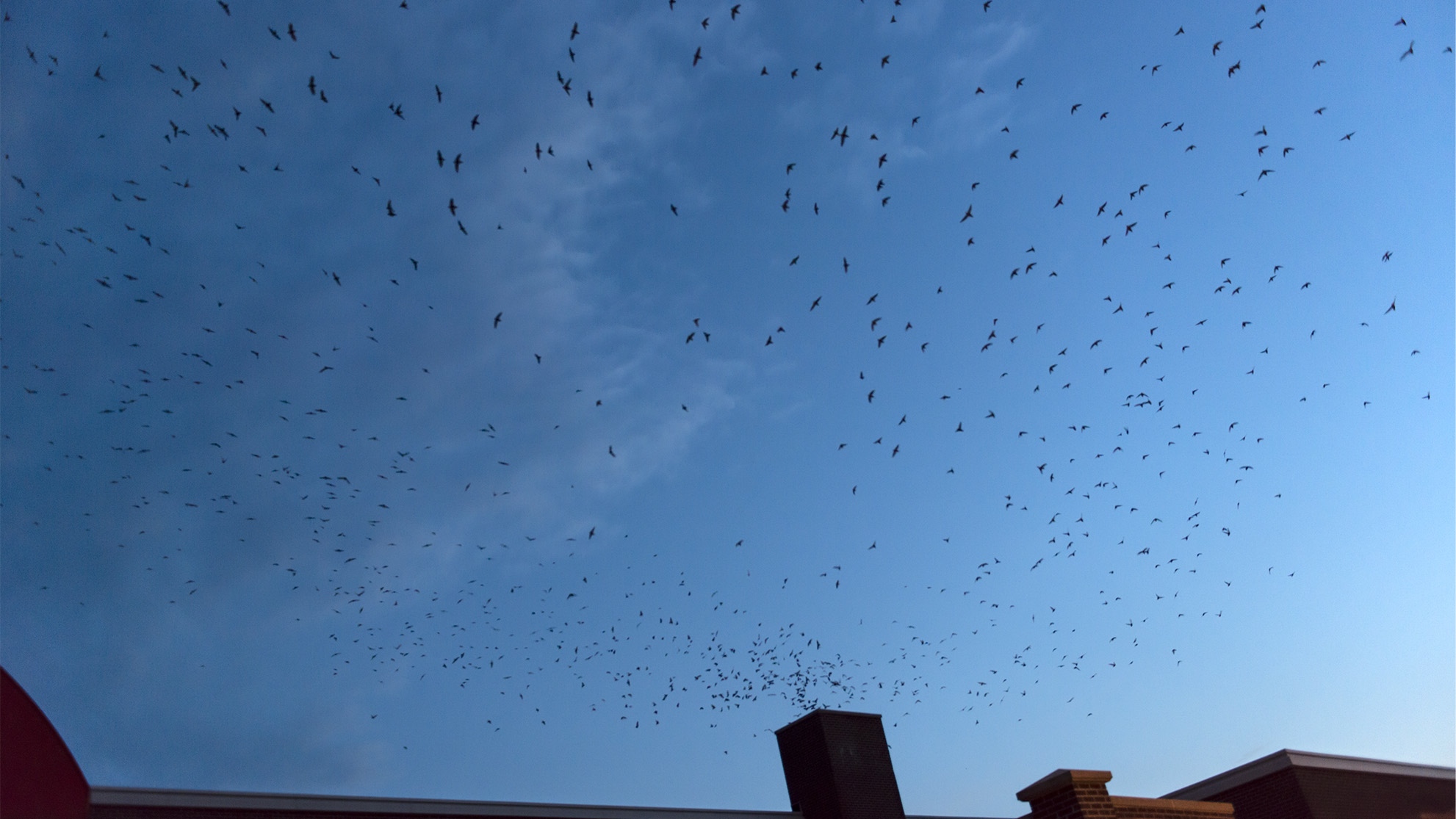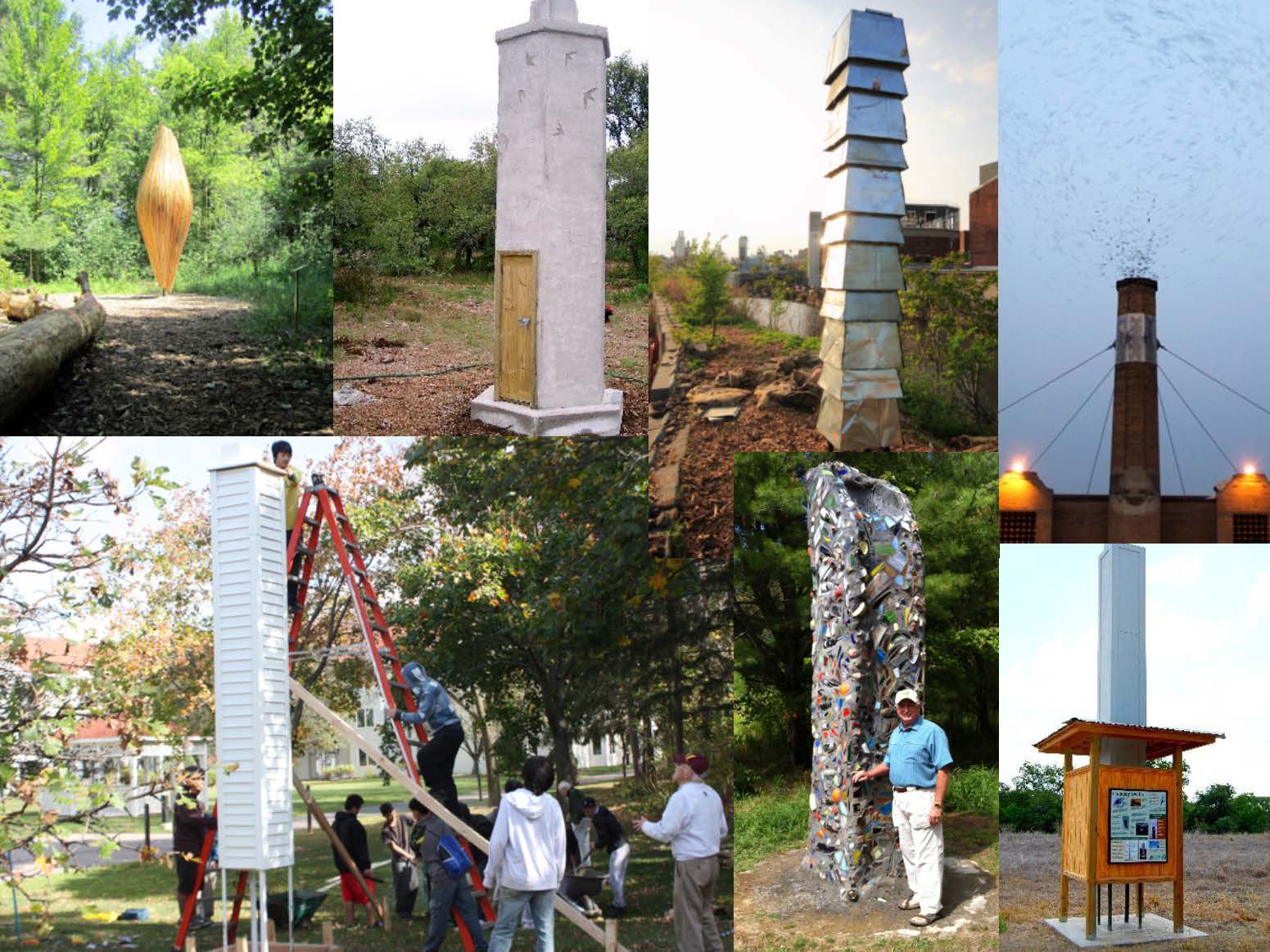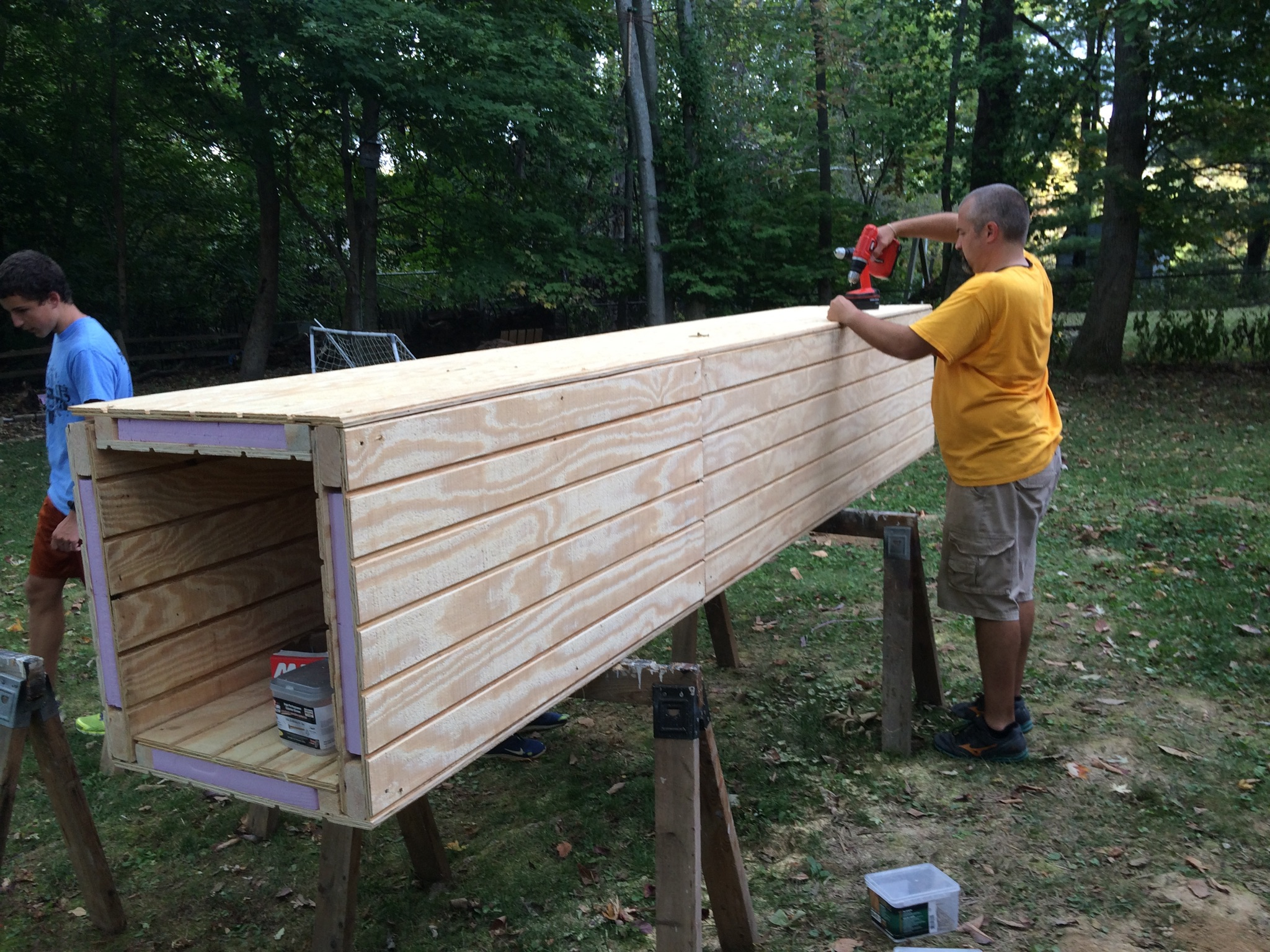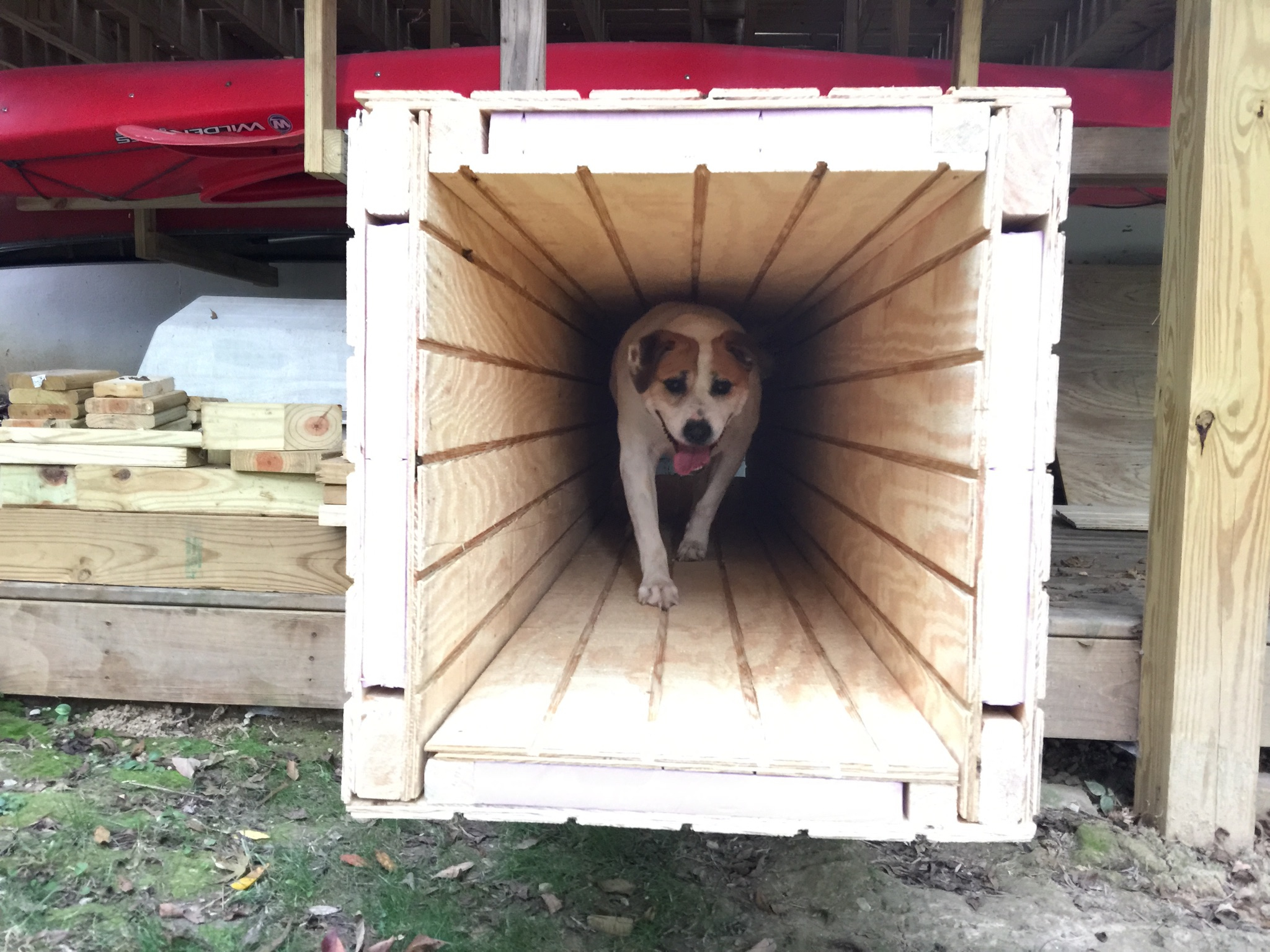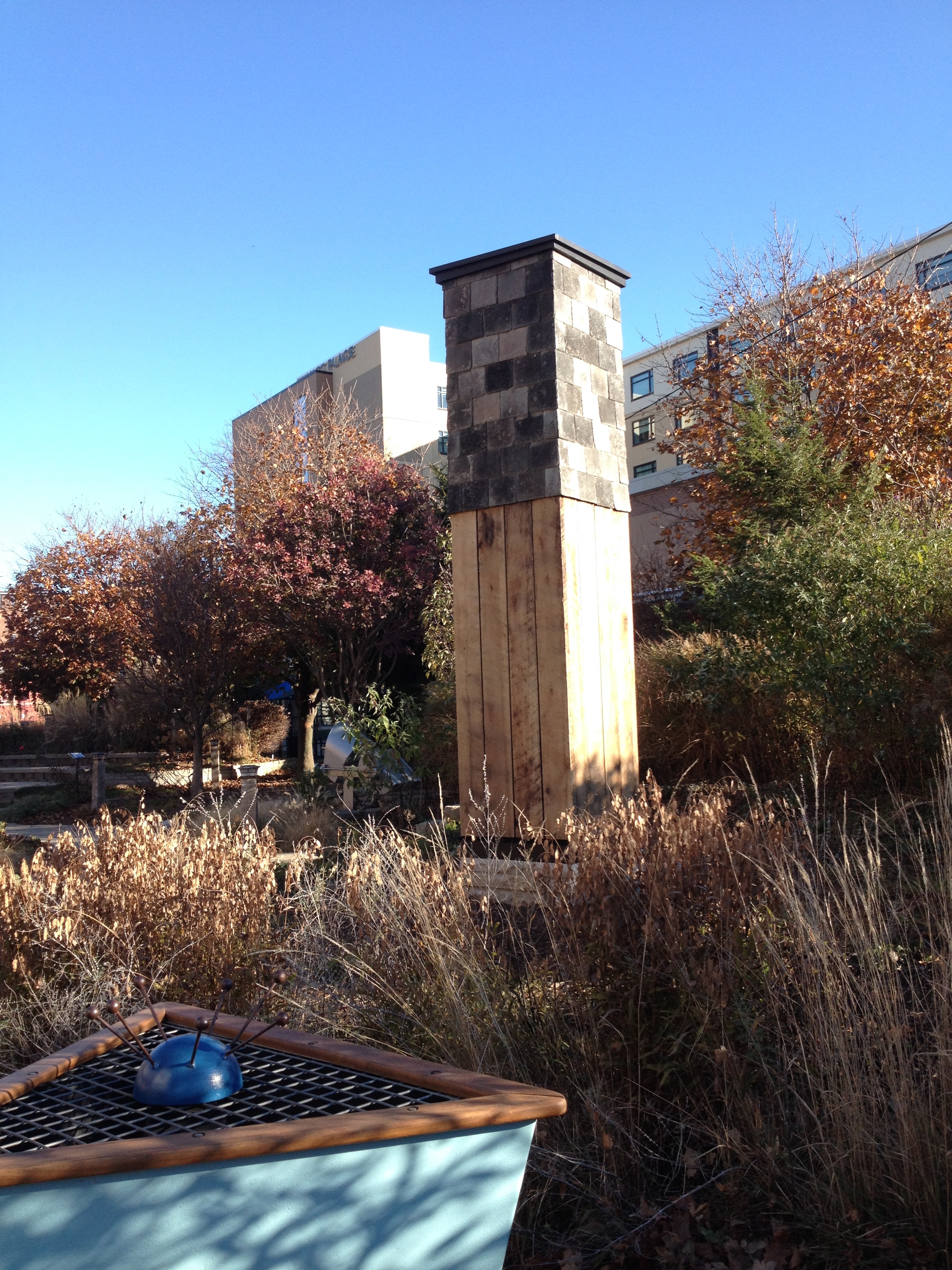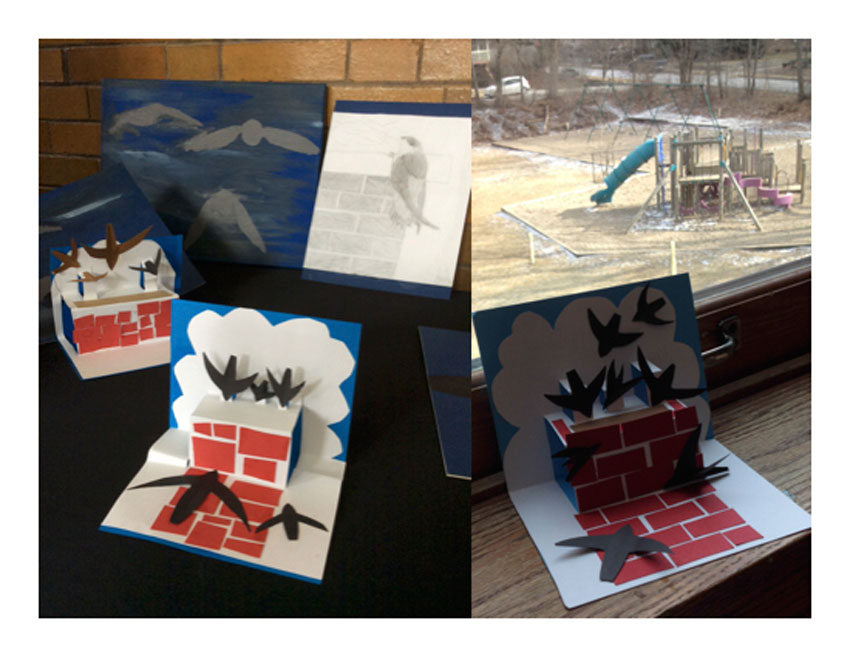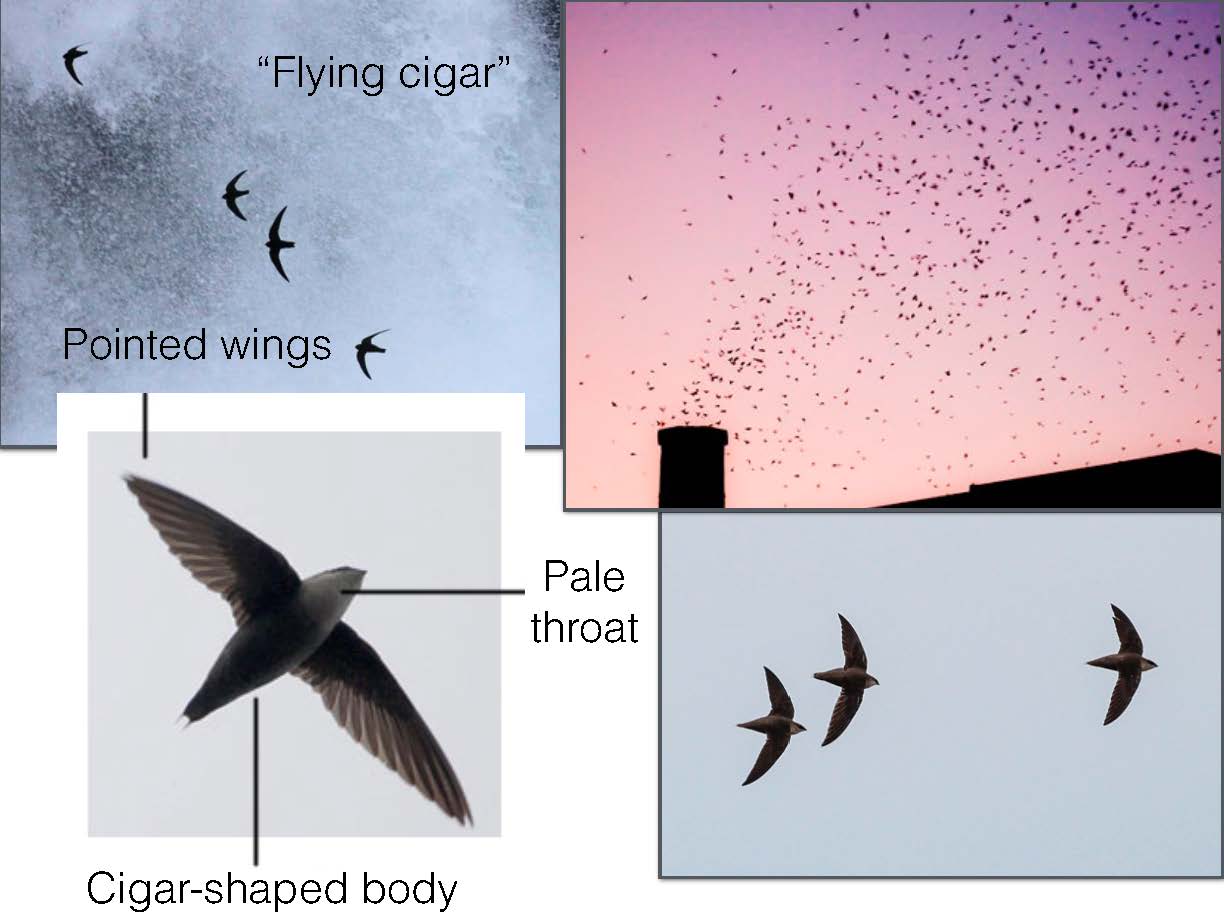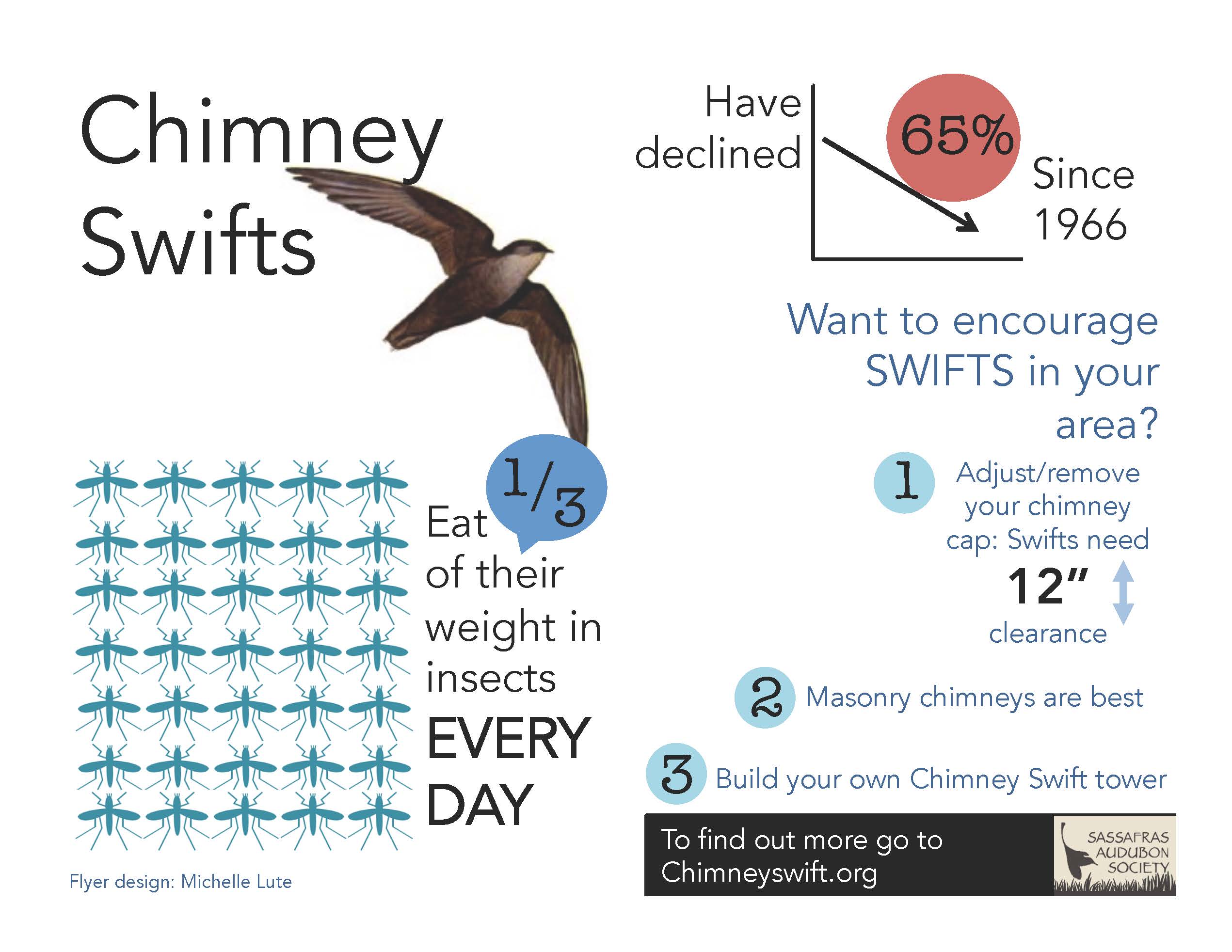Project Synopsis
Swifts in the City is a conservation project focused on chimney swifts - a "near-threatened" bird species. Chimney swifts are pretty amazing and entertaining critters whose populations appear to be declining quite drastically (i.e., IUCN “near threatened” in the US, COSEWIC “federally threatened” in Canada).
*This project is sponsored by the Sassafras Audubon Society
'Swifts in the City' has two main goals:
- Increase breeding habitat for chimney swifts
- Raise awareness of the plight of the chimney swift through outreach and education efforts.
Why Chimney Swifts ?
Chimney Swifts (Chaetura palegica) appear as silhouettes dancing through the sky, chattering away, and eating insects from dawn until dusk. Large colonies form tornado-like funnels as they descend into chimneys at dusk and are often mistaken for bats.
These large colonies appear most often during peak migrations; migrating individuals share roosting habitat during the long journey to South America. The large size of these colonies is misleading, however, because Chimney Swift populations have been declining sharply since the ~1960s (i.e., IUCN “near threatened” in the US, COSEWIC “federally threatened” in Canada). While the causes of these declines are manifold, loss of breeding habitat (e.g., hollow trees, un-capped masonry chimneys) is the primary culprit behind these declines.
Historically, chimney swifts preferred hollow trees as nesting and roosting sites. However, as European expansion replaced forests with towns this resilient species adapted by using chimneys. More recently, however, the increased use of chimney-caps and fabricated chimneys has made finding suitable habitat challenging. This gregarious species roosts (i.e., rests and sleeps) communally.
However, only one pair breeds at each site (as a territorial species they require ≥ 10 ft. in between nesting sites).
Therefore, increased breeding habitat is essential to reducing two of the primary threats facing small populations: 1) loss of genetic diversity (i.e., from inbreeding) and 2) falling below their “minimum viable population size”; below this threshold, recovery becomes increasingly difficult. Luckily, this species responds remarkably well to “Swift-towers” and modified chimney-caps making conservation efforts relatively straightforward and promising.
Swift Facts
· Chimney swifts migrate ~ 10,000 migration miles every year
· Chimney swifts eat 1,000s of insects every day
· Chimney swifts need brick and mortar type chimneys with rough interiors to cling to
Helpful Resources
Here is a list of great resources to help you build your own tower, modify your chimney, or just learn more about these amazing birds.
Science & Art
We are helping to design, and install numerous 'functional sculptures' throughout key locations in Bloomington, Indiana. Construction begins in October 2015 on our first 4 towers (WonderLab's WonderGarden, Sherwood Oaks's Farm, and Harmony School). Pictures coming soon!
We are also involved in Outreach programs that teach science through the lens of art.
These programs include art-science classes at:
Sassafras Audubon Society
Sassafras Audubon Society (SAS) has taken on this project as one of their focal conservation programs. SAS previously helped protect a large chimney swift colony at Fariveiw Elementary by working with other community partners to construct a free standing chimney just for swifts! Read more:
Our community partners on this project include:
- WonderLab Museum of Science, Health, and Technology (HTML)
- Stonebelt (HTML)
- Joe LaMantia, community artist (HTML)
- The Bloomington Department of Parks and Recreation
- The Eagle Scouts and Harmony School
- Dr. Ellen Keterson
- Strawberry Plains Audubon Center (HTML)
- Ken Saiki Design Landscape Architects (for a project in Wisconsin!) (HTML)
Swifts in the City is supported through generous contributions from:
- The Elinor Ostrom Fellowship program
- Members of the Sassafras Audubon Society
- Atomic Electric, Bloomington, IN
